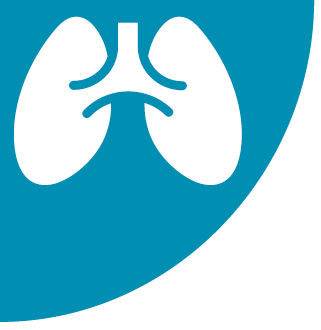NEWSWATCH
OCCUPATIONAL EXPOSURE LIMITS

NIOSH Finalizes RELs for Diacetyl, 2,3-Pentanedione
A NIOSH
criteria document
published in October establishes recommended exposure limits (RELs) of 5 ppb for diacetyl and 9.3 ppb for 2,3-pentanedione. Both limits are time-weighted averages for up to 8 hours per day in a 40-hour workweek.
Occupational exposures to both chemicals—volatile organic compounds widely used as flavorings—have been linked to decreased lung function and to the severe, irreversible lung disease
obliterative bronchiolitis
. Other health effects of occupational exposure include irritation of the skin, eyes, and respiratory tract.
“We know these flavoring compounds can pose a great risk for workers who may be exposed on the job, causing serious and irreversible damage to their lungs,” said NIOSH Director John Howard. “This Criteria Document reflects not only our review of the science and understanding of the hazard, but also outlines our recommendations for controlling workplace exposures to these compounds. With the release of this document, NIOSH is taking an important step in protecting the health and safety of all those who may be exposed to these compounds while on the job.”
According to NIOSH, occupational exposures to diacetyl at the new 5 ppb REL for a working lifetime of 45 years would result in no more than a 1-in-1,000 excess risk of below-normal lung function.
According to NIOSH, occupational exposures to diacetyl at the new 5 ppb REL for a working lifetime of 45 years would result in no more than a 1-in-1,000 excess risk of below-normal lung function. The agency also recommends an action level of 2.6 ppb and a short-term exposure limit (STEL) of 25 ppb for 15 minutes.
The criteria document references toxicology studies that have established that exposures to 2,3-pentanedione can cause damage to the lining of the lungs similar to the damage caused by diacetyl exposures. The agency recommends controlling 2,3-pentanedione exposures to the same limit as diacetyl exposures, but has adopted the higher 9.3 ppb REL because of analytical limitations in measuring 2,3-pentanedione above that level. NIOSH’s recommended action level for 2,3-pentanedione is 31 ppb during a 15-minute period.
Criteria for a Recommended Standard: Occupational Exposure to Diacetyl and 2,3-Pentanedione
reviews the scientific literature, toxicology, and risk assessment for these chemicals, and recommends engineering controls, personal protective equipment, and work practices. Given the severity and rapid progression of flavorings-related lung disease, the document emphasizes the need for medical monitoring of employees with potential for high exposures to diacetyl and 2,3-pentanedione.
The association of diacetyl with
obliterative bronchiolitis
was first identified in former workers of a microwave popcorn plant in Missouri in 2000. Concerns about the health effects of diacetyl exposure led some manufacturers to use 2,3-pentanedione as a diacetyl substitute.
Recently, NIOSH identified coffee manufacturing as an industry with potential for hazardous exposures to both diacetyl and 2,3-pentanedione. In 2012, the agency conducted a health hazard evaluation at a coffee processing plant in Texas where five cases of
obliterative bronchiolitis
had been diagnosed in former workers. In a paper published in the October 2016 issue of the Journal of Occupational and Environmental Hygiene
, NIOSH researchers characterize exposures at the Texas facility following the addition of local exhaust ventilation in the flavoring room. Mean personal exposures to 2,3-pentanedione in the flavoring room were measured at 122 ppb. In the grinding/packaging area, mean personal exposures to diacetyl were 80 ppb.
For more information, read the NIOSH
press release
and visit the agency’s web page
for flavorings-related lung disease.thesynergist | TOC | NEWSWATCH | DEPARTMENTS | COMMUNITY

